What's the best way to fill in a space?
mamalinda
19 years ago
Related Stories
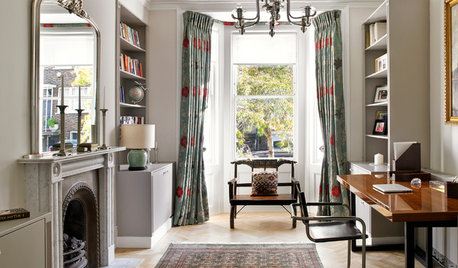
TRADITIONAL HOMESHouzz Tour: Basement Now a Light-Filled Family Living Space
Merging a house and a basement flat into one townhouse creates a spacious family home in London
Full Story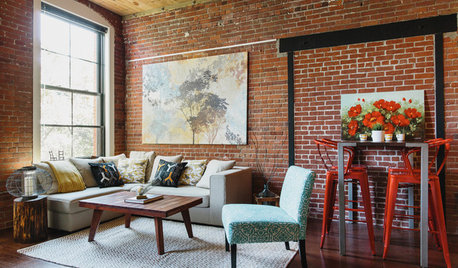
LOFTSRoom of the Day: A Loft Space Filled With Character
Once a chocolate factory, this Boston space is now designed for relaxing and entertaining
Full Story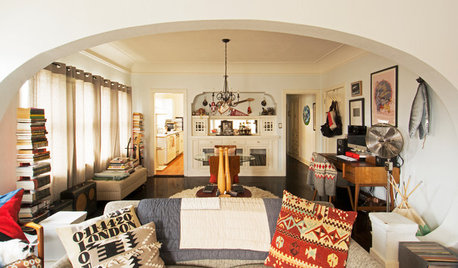
HOMES AROUND THE WORLDWorld of Design: 11 Guys and Their Personality-Filled Man Spaces
Take a tour of very individual retreats designed by creative guys around the globe
Full Story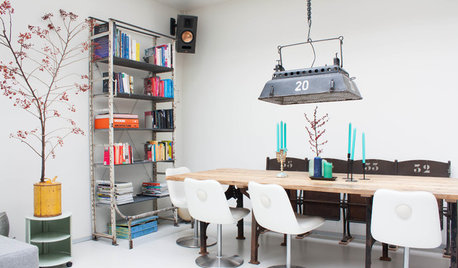
HOUZZ TOURSMy Houzz: From Dreary Storeroom to Modern, Light-Filled Home
Tricks with light and space turn a former storage area into a bright and airy-feeling living space for two
Full Story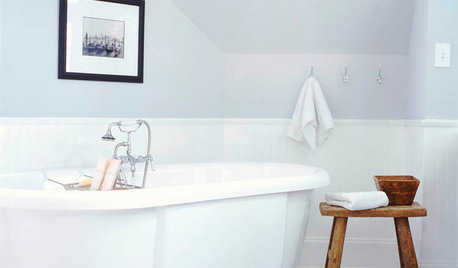
REMODELING GUIDESA Dark Atlanta Attic Welcomes a Light-Filled Bathroom
From architecturally quirky attic to sunny bathroom, this renovated space now has everything a growing family could need
Full Story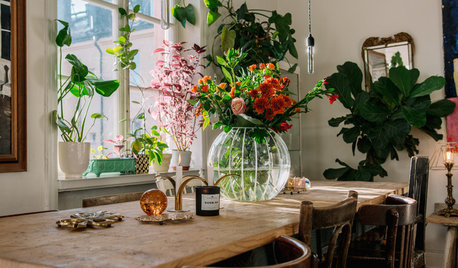
HOMES AROUND THE WORLDA Dreamy, Light-Filled Home in Stockholm
Creating a warm, vintage-inspired space requires planning. These Swedish creatives got it right in their cozy apartment
Full Story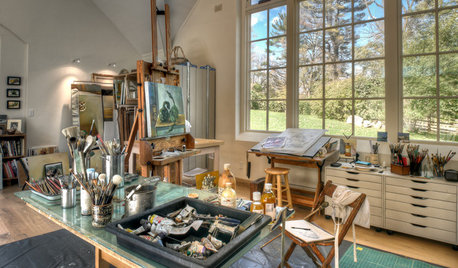
FARMHOUSESLight-Filled Artist’s Studio in the Pennsylvania Countryside
An architect creates a soaring space for a still-life painter that references the area’s history and her passion for horses
Full Story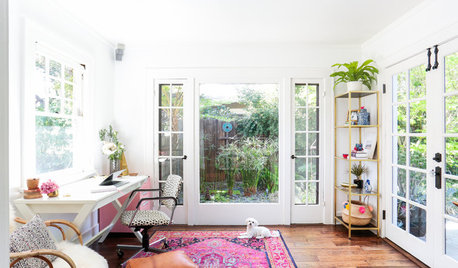
HOME OFFICESRoom of the Day: A Light-Filled Home Office
This full-time working space is easy on the eyes and on the budget
Full Story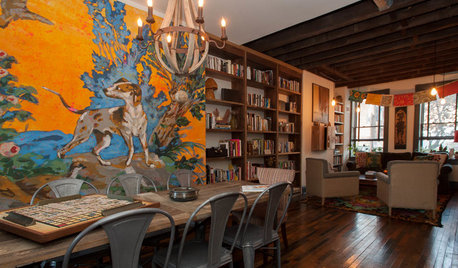
ECLECTIC HOMESMy Houzz: Color and Texture Fill an Eclectic Pittsburgh Row House
Moroccan touches join exposed brick, salvaged materials and scads of books in this home for a creative couple
Full Story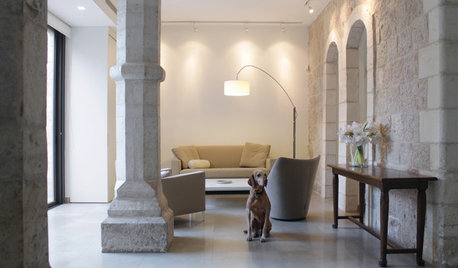
CONTEMPORARY HOMESMy Houzz: Light and Serenity Fill an 1890 Home
Remodeling enhances a Jerusalem home’s architecture while bringing in more sunlight and a peaceful vibe
Full StorySponsored






bigeasyjock
locust
Related Professionals
Ferndale Landscape Architects & Landscape Designers · Wilmington Landscape Contractors · Canby Landscape Contractors · East Hanover Landscape Contractors · Long Beach Landscape Contractors · Pleasant Prairie Landscape Contractors · Twin Falls Landscape Contractors · Annapolis Siding & Exteriors · Framingham Siding & Exteriors · Greenville Siding & Exteriors · Marion Siding & Exteriors · Fontana Solar Energy Systems · Lake Mary Solar Energy Systems · Alum Rock Solar Energy Systems · Verona Solar Energy SystemsEric_in_Japan
Belgianpup
Raymondo